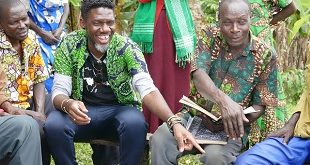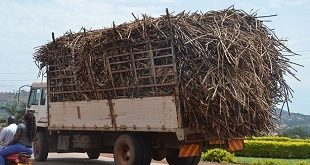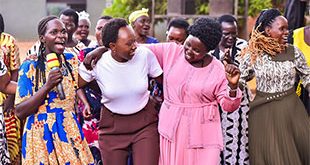
By Julius Odeke
20 journalists in Uganda have completed a training workshop on safety and personal security run by ARTICLE 19. The training sessions have been designed to provide vital skills to enable them to work more effectively in an increasingly hostile environment for journalists.
“This is a timely training and personally I have benefited a lot. Of recent, many of us have been harassed by community members and security agencies especially during conflict situations,” said Paul Watala, one of those taking part in the workshop.
The three day training session early in the week targeted journalists working in the Eastern district of Mbale, about 240 kilometers outside of the capital Kampala, and was attended by 6 women and 14 men.
“Most people in the communities where we work do not appreciate us as media workers, more so because we are women. We are always harassed by people, and even during riots we are targeted by rowdy people who want to hurt us and grab our cameras or recorders,” said Cynthia Nalumansi, a female participant. “This training has been useful because now I know I must always make an assessment of the situation before I accept an assignment,” she added.
The training is part of ARTICLE 19 Eastern Africa’s broader protection program in the region, which provides personal safety skills in a climate where are increasing numbers of attacks against journalists and media workers throughout Somalia, Kenya, Tanzania, Rwanda, Ethiopia and Eritrea.
“What we have experienced in Uganda is that journalists, especially those based upcountry, are increasingly being targeted by both state and non state actors. Many of these journalists have no idea on how to take precautions to protect themselves” said Henry Maina, Director ARTICLE 19 Eastern Africa.
Over the last 10 months, ARTICLE 19 Eastern has trained 97 journalists in Uganda, including 66 men and 31 women, in both urban and rural areas.
“Our two-three day curriculum is designed to equip the trainees with basic skills on how to prevent and respond to attacks and assaults; how to deal with the daily threats and risks they face, including how to cover demonstrations that often turn rowdy” said, Paul Kimumwe, Senior Programme Officer and lead Trainer.
“We are also in discussions with a number of media houses to support them to develop in-house safety protocols as a way of institutionalising safety and to encourage a move away from safety being treated as the responsibility of the individual journalists” added Kimumwe.
 The Independent Uganda: You get the Truth we Pay the Price
The Independent Uganda: You get the Truth we Pay the Price


